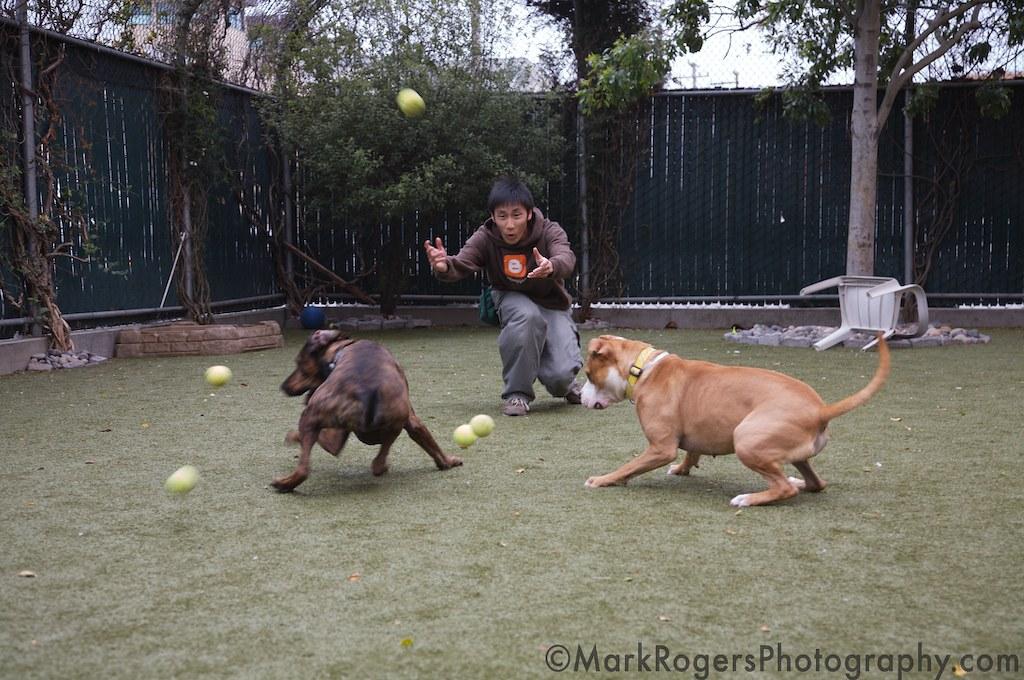Can Separation Anxiety Ever Be Fully Corrected in Dogs

Separation anxiety in dogs is a common behavioral issue that poses challenges for both pets and their owners. As a condition characterized by extreme distress when a dog is left alone, it can manifest in behaviors such as excessive barking, destructive chewing, and even attempts to escape. Understanding the root causes and potential solutions for separation anxiety is crucial for improving the quality of life for affected dogs and ensuring a harmonious household environment. This article delves into the complexities of separation anxiety, exploring whether it can ever be fully corrected and examining the various strategies and interventions available to mitigate its effects. By providing insights into canine psychology and practical guidance, we aim to equip dog owners with the knowledge needed to address this challenging issue effectively.
Understanding the Root Causes of Separation Anxiety in Dogs
Understanding what triggers separation anxiety in dogs is crucial for addressing the issue effectively. Genetics often play a significant role, with some breeds being more predisposed to anxiety than others. Dogs that have experienced traumatic events or changes in their environment, such as moving homes or losing a family member, are also at higher risk. Lack of socialization during the critical puppy phase can lead to anxiety issues, as these dogs may not have developed the necessary coping mechanisms for being alone.
Several factors contribute to this complex behavior:
- Previous abandonment: Dogs that have been rehomed multiple times may have a heightened fear of being left alone again.
- Over-attachment: Dogs that are overly attached to their owners may struggle with separation, feeling insecure and stressed when left alone.
- Changes in routine: Sudden changes in the owner’s schedule can trigger anxiety, as dogs thrive on consistency and predictability.
By identifying these root causes, pet owners can better tailor their approach to manage and potentially alleviate separation anxiety in their furry companions.

Effective Training Techniques to Alleviate Anxiety Symptoms
- Gradual Desensitization: Begin by exposing your dog to the triggers of their anxiety in a controlled manner. Start with short absences, gradually increasing the time you spend away. This technique helps your dog understand that your departure is temporary and that you will return.
- Positive Reinforcement: Reward calm behavior with treats, affection, or playtime. Consistently associating positive experiences with your departures and returns can help reduce anxiety levels.
- Interactive Toys and Puzzles: Provide engaging toys that challenge your dog’s mind and keep them occupied while you’re away. These distractions can reduce the focus on your absence and provide mental stimulation.
- Consistent Routine: Maintain a predictable schedule for feeding, walks, and playtime. A stable routine provides a sense of security and helps your dog anticipate daily events, reducing anxiety.
- Calming Products: Consider using products like pheromone diffusers or anxiety wraps. These can offer comfort and reduce stress levels, creating a more soothing environment for your dog.
Implementing these techniques requires patience and persistence, as progress can vary depending on your dog’s unique personality and history. It’s essential to remain consistent and monitor your dog’s reactions, adjusting the approach as needed to ensure their comfort and well-being.

The Role of Environmental Enrichment in Reducing Anxiety
Environmental enrichment plays a crucial role in alleviating anxiety in dogs, especially when dealing with separation anxiety. By creating a stimulating environment, you can significantly reduce stress levels and promote mental well-being. Here are some effective strategies to enrich your dog’s environment:
- Interactive Toys: Provide toys that challenge your dog’s mind, such as puzzle feeders or treat-dispensing toys. These not only keep them occupied but also stimulate their cognitive functions.
- Varied Scents and Sounds: Introduce different scents and sounds to their environment. This can include playing nature sounds or using scent diffusers with calming aromas, which can help in soothing anxious behaviors.
- Physical Exercise: Regular exercise is essential. Ensure your dog gets ample playtime and walks, which help in reducing pent-up energy that often manifests as anxiety.
- Training Sessions: Engage your dog in short, frequent training sessions. This not only reinforces positive behavior but also strengthens the bond between you and your pet, providing them with a sense of security.
By implementing these enrichment techniques, you can create a more balanced environment that helps mitigate anxiety symptoms in dogs, paving the way for a happier, healthier life.

When to Seek Professional Help for Severe Cases
In some instances, a dog’s separation anxiety can become so severe that professional intervention becomes necessary. Recognizing the signs of extreme anxiety is crucial. Consider seeking professional help if your dog:
- Exhibits destructive behavior that poses a risk to their safety or your home.
- Shows signs of distress that persist despite your best efforts to manage the situation.
- Displays aggressive behavior when left alone or upon your return.
Professional help may involve consulting a veterinarian to rule out any underlying health issues or working with a certified animal behaviorist. These experts can provide personalized strategies and, if necessary, recommend medication to alleviate anxiety. Remember, addressing severe separation anxiety effectively often requires a combination of expert guidance and consistent, patient effort from you.
To Wrap It Up
addressing separation anxiety in dogs requires a multifaceted approach that involves understanding, patience, and consistent training. While it may not be possible to fully “correct” separation anxiety in every case, significant improvements can often be achieved through behavioral modification techniques, environmental adjustments, and, in some cases, medical intervention. Pet owners should be prepared to invest time and effort into identifying triggers and implementing strategies that cater to their dog’s specific needs. Consulting with a professional trainer or a veterinary behaviorist can provide valuable guidance and support throughout this process. Ultimately, the goal is to enhance the well-being of both the dog and the owner, fostering a more harmonious and stress-free relationship.



